By Michael Wilmington
A noir-lover’s guide to classic film noir on Turner Classic Movies (TCM). The times are Pacific Standard (listed first) and Eastern Standard.
Saturday, July 21
5 p.m. (8 p.m.): “To Have and Have Not” (1944, Howard Hawks). One of my all-time favorite movies is this crackling adaptation of Ernest Hemingway’s novel of boating and gunplay, reset in wartime Martinique and legendary for its incendiary love scenes between co-stars Humphrey Bogart and Lauren Bacall. (They met on the set here and later married.) Bogie is at his toughest and most likeable as Harry Morgan, a charter fishing boat captain torn between Vichy government thugs and French partisans.
The sensational 19-year-old Bacall plays singer/adventuress Marie (a.k.a. Slim), who memorably asks Harry “You know how to whistle, don’t you?” The supporting cast includes piano man Hoagy Carmichael, Marcel Dalio (“Grand Illusion”), Dan Seymour and Walter Brennan (great as Harry’s pal, Eddie the Rummy). Two Nobel Prize winners, both friends of Hawks, were among the writers here: original author Hemingway (whose book was considerably changed) and screenwriter William Faulkner.
Tuesday, July 24
7:15 a.m. (10:15 a.m.): “Strangers on a Train” (1951, Alfred Hitchcock). Two strangers meet on a train: social-climbing tennis pro Guy Haines (Farley Granger) and charming rich-kid psychopath Bruno Anthony (Robert Walker). Since they both have someone “ruining” their lives (Guy’s estranged wife and Bruno’s father) Bruno proposes, seemingly playfully, that they swap murders. Guy thinks it’s a joke, but Bruno is dead serious. One of Hitchcock’s best: a superb noir adapted from Patricia Highsmith’s classic literary thriller, with an amazing performance – blood-chilling, hilarious and strangely moving – by Walker. Ruth Roman, Leo G. Carroll, Marion Lorne and Hitch’s daughter Patricia Hitchcock are in the supporting cast. Raymond Chandler was one of the screenwriters.
 9 a.m. (12 p.m.): “Jeopardy” (1953, John Sturges). Barbara Stanwyck, desperately trying to save endangered hubby Barry Sullivan – trapped by an accident and the rising tide under a Pacific Ocean pier – is herself kidnapped by Ralph Meeker, a ruthless outlaw with a yen for Stanwyck. A real nail-biter, directed by John Sturges (“The Great Escape,” “The Magnificent Seven”). Scripted by Mel Dinelli.
9 a.m. (12 p.m.): “Jeopardy” (1953, John Sturges). Barbara Stanwyck, desperately trying to save endangered hubby Barry Sullivan – trapped by an accident and the rising tide under a Pacific Ocean pier – is herself kidnapped by Ralph Meeker, a ruthless outlaw with a yen for Stanwyck. A real nail-biter, directed by John Sturges (“The Great Escape,” “The Magnificent Seven”). Scripted by Mel Dinelli.
1:30 p.m. (4:30 p.m.): “D.O.A.” (1950, Rudolph Maté). Quintessential noir. Edmond O’Brien, as an accountant visiting San Francisco, is slipped a dose of slow-acting poison; he has only a day to find his mysterious killers. With Luther Adler, Pamela Britton, Beverly Garland and Neville Brand. Co-scripted by Russell Rouse.
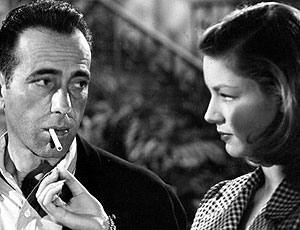





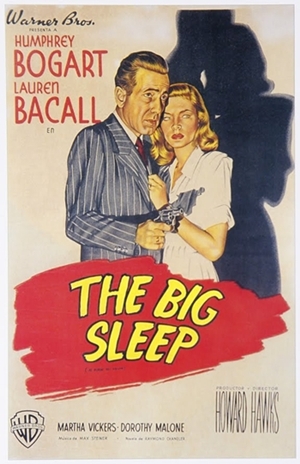
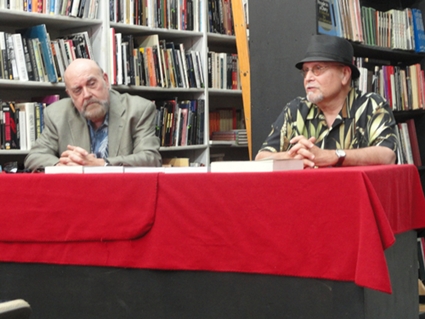
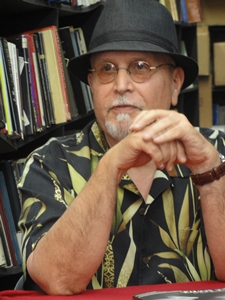
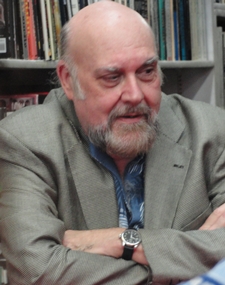
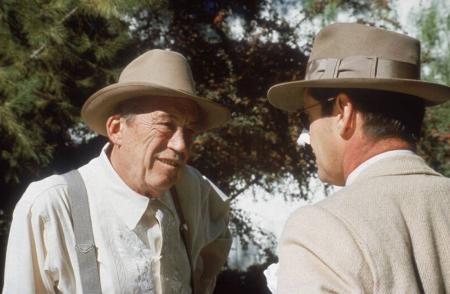
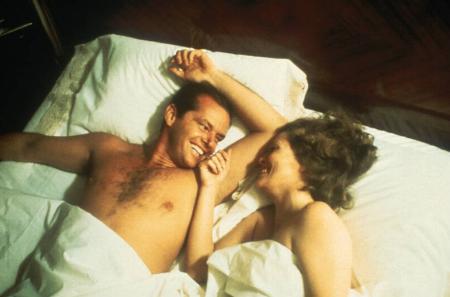
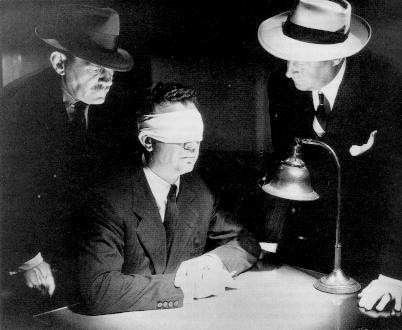
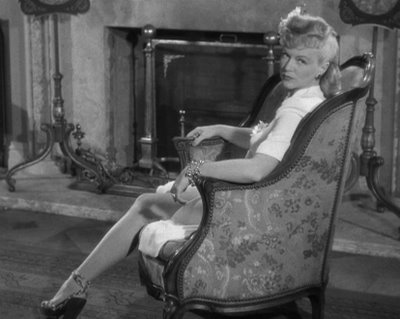
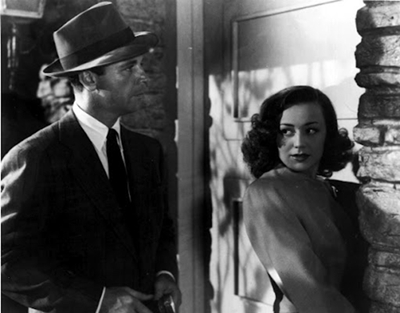
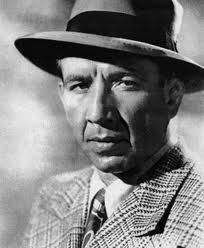
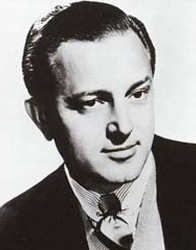
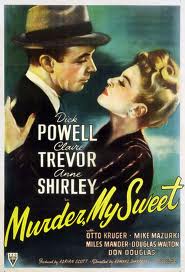
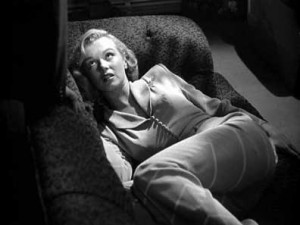
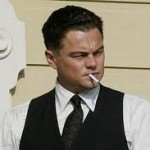
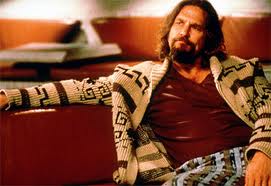
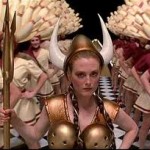
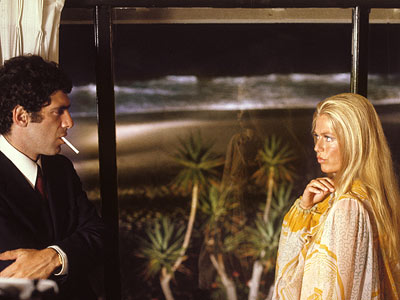
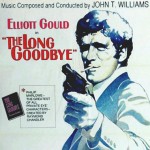





From FNB readers